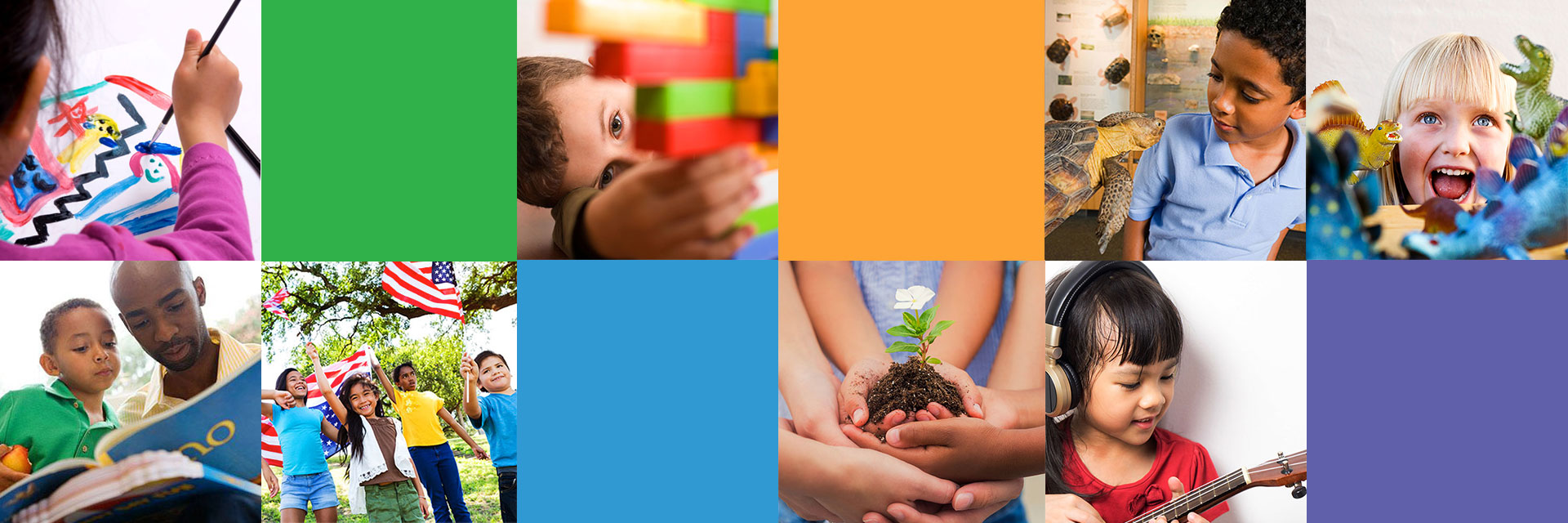Like me, many kids I know have recently been spending a lot more time indoors in front of a screen. I’m hopeful that summer will bring everyone sunny days of reading, writing, hands-on learning, and real-world explorations that stretch imaginations.
To jump-start conversations, curiosity, and exploration, Reading Rockets’ Start with a Book has developed a new summer learning activity guide. Trailblazers provides recommended picture book biographies featuring people of color, reflection questions, hands-on activities, and writing ideas for kids 6-12 years old.
There's a bright light shining out from these real-life stories. Encourage kids to explore these incredible lives this summer. We think they will inspire the young learners in your life!
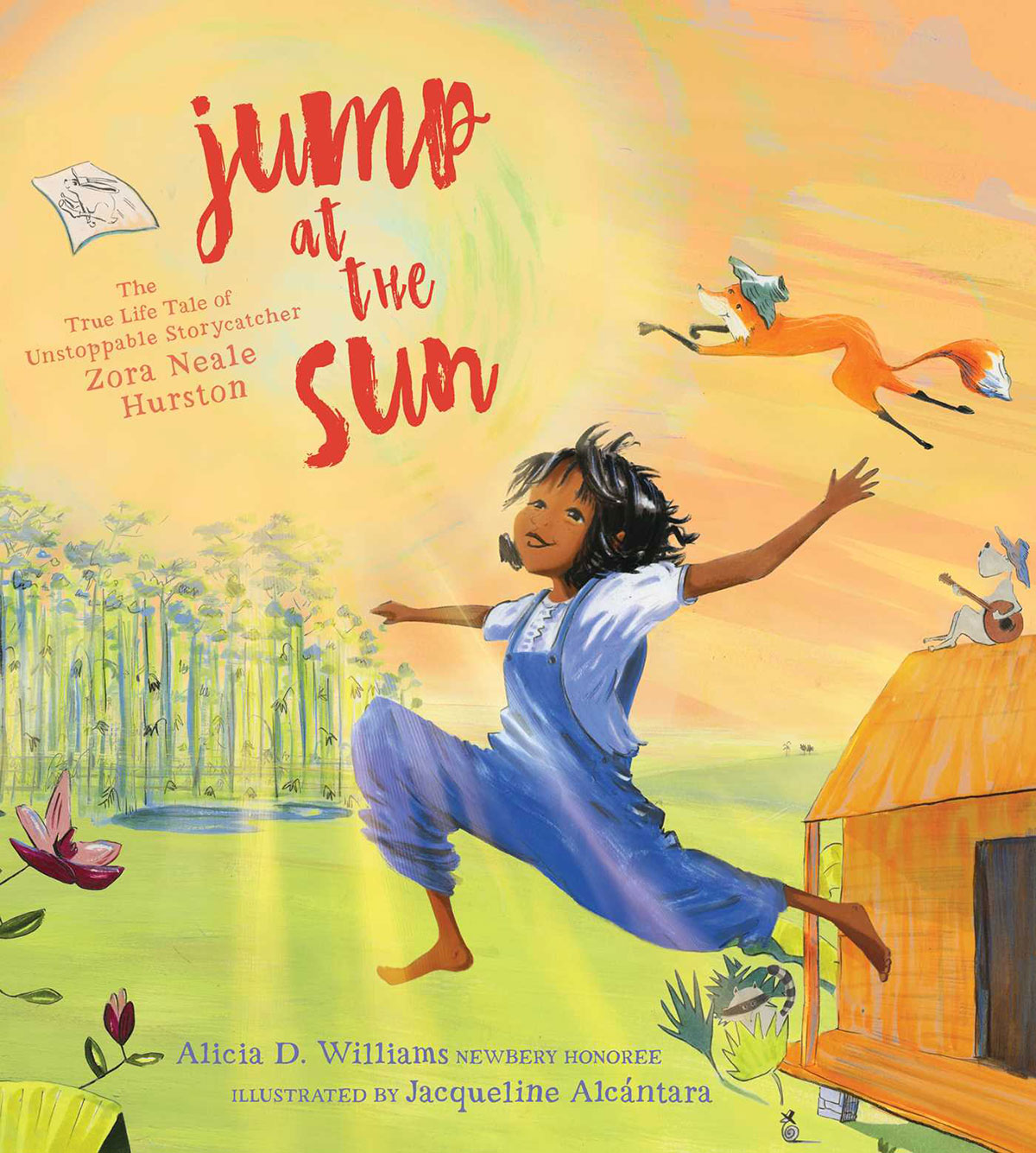
One of the titles featured in the Trailblazers activity guide is the vibrant picture book biography Jump at the Sun: The True Life Story of Unstoppable Storycatcher Zora Neale Hurston by Alicia D. Williams and illustrated by Jacqueline Alcántara.
Alicia has a passion for storytelling. She’s also the author of Genesis Begins Again, which received a Newbery and Kirkus Prize honors, was a William C. Morris Award finalist, and for which she won the Coretta Scott King – John Steptoe Award for New Talent.
Her newest picture book, Shirley Chisholm Dared: The Story of the First Black Woman in Congress, will be out in June.
A graduate of the MFA program at Hamline University, and an oral storyteller in the African American tradition, Alicia is also an educator.
We are so grateful to Alicia for sharing more here about Zora, storytelling, and ways to use history and stories to get kids jumping.
May 20, 2021
There’s More to the Story by Alicia D. Williams
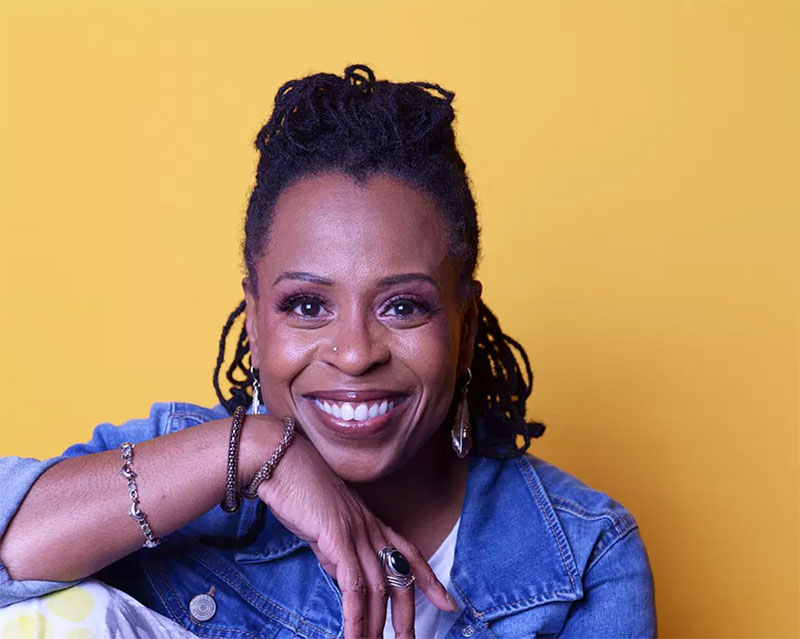
As a storyteller, I love sharing folktales tales, especially the trickster tales. Children are always in awe, eyes twinkling as they’re drawn into those stories. They laugh as that ol’ Brer Rabbit is finally caught and thrown into the thicket.
Like all children, Zora Neale Hurston had an imaginative mind. She created dramas and stories with her tools of soap and corncobs and spools. And she was such a voracious reader, with the Nordic tales being some of her favorites.
I was drawn to Zora first because of her amazing novels. I then realized how bold and brave and adventurous she was as a woman and a Black person. During the time of Jim Crow, Zora traveled the back roads of southern states collecting folklore, chants, songs, and sayings. She created a persona to gain the trust of dicey characters, yet she was always genuinely and unapologetically Zora. If it weren’t for her audaciousness, we might not have such a wealth of African American and Caribbean cultural traditions and history archived.
Studies show that storytelling of the oral tradition builds children’s brains and affects reading readiness. As a Teaching Artist, I regularly incorporated folktales into my lessons. Teachers would be amazed at the aftereffects. Littles recalled dialogue and details. They made playground games and sang chants. More importantly, children created their own stories. Ms. Alicia, I told that giant to go away! Ms. Alicia, the lion scratched my arm and I ... and he said this… These students ad-libbed more to the tale just like Zora!
As you might figure, I’ve taught older students too. Writing can be challenging. The empty page doesn’t hint at where to start. Students sometimes lament, “I don’t know what to write … I don’t know how to begin.” Oftentimes, I wondered what happened between the young, carefree imaginative days and late elementary and middle school.
It’s probably what almost happened to Zora. See, Zora’s father and grandmother did not approve her “storytelling” (even though adults did it every day). They did not approve of her curiosity and creativity. Perhaps these traits did not reflect the real world as they saw it. Perhaps that is what we do too. Our lessons might focus more on memorizing and analyzing and discourage imagination.
The thing is, history through narratives is particularly engaging to young readers. There are many historical elements to tease out of Jump at the Sun. Here are a few suggestions to introduce to your audience.
- Harlem Renaissance
- Black American folklore
- Intellectuals and artists: Langston Hughes, Arna Bontemps, W. E. B. DuBois
- Dances: The Charleston, the Lindyhop
- Jobs: Sharecropping (tilling land), railroad workers, anthropologist
- Music/jazz: Count Basie, Fats Waller
Zora was fashionable and accented her outfits with hats. Illustrator Jacqueline Alcántara does a wonderful job capturing the Zora’s different looks. Metaphorically, Zora wore many hats as well. She was an anthropologist, storyteller, author, student, drama teacher, the first Black woman filmmaker, and had many small jobs in between.
Below, students can style their own hats as they choose, just like Zora had, or decorate to represent their own aspirations.
Tools needed:
- Printout of Zora
- Pencil
- Markers or crayons
- Imagination
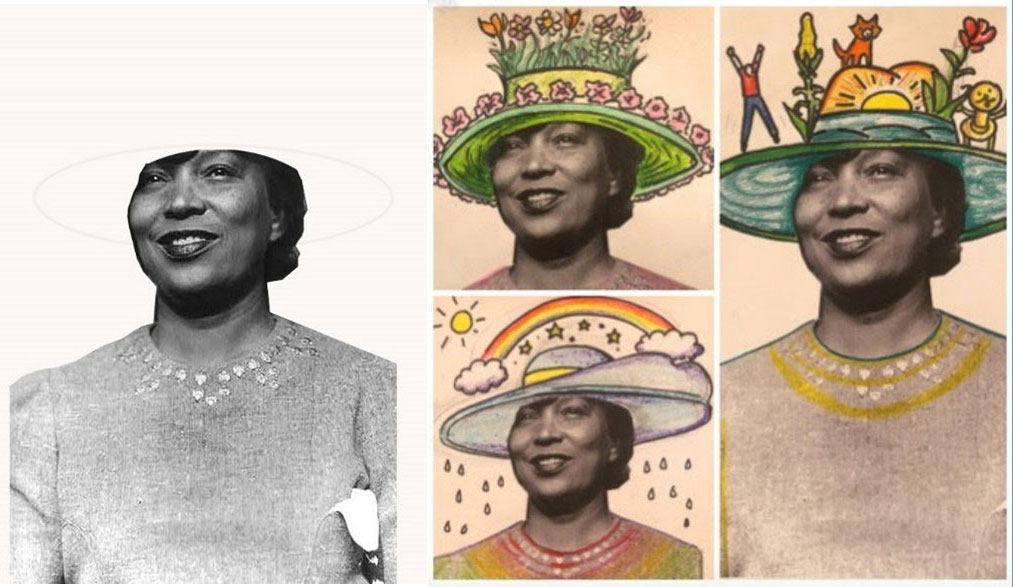
Zora’s mother always encouraged Zora to “Jump at the Sun. You might not land on the sun, but at least you’d get off the ground.”
Ask your students: What does it mean to jump at the sun? What does it mean for you to jump at the sun for yourself? How about your family or community? Who encourages you to jump at the sun?
Invite your Littles to draw a picture and complete a sentence to represent themselves jumping at the sun.
Tools needed:
- Printout of Jump sheet
- Pencil
- Crayons or colored pencils
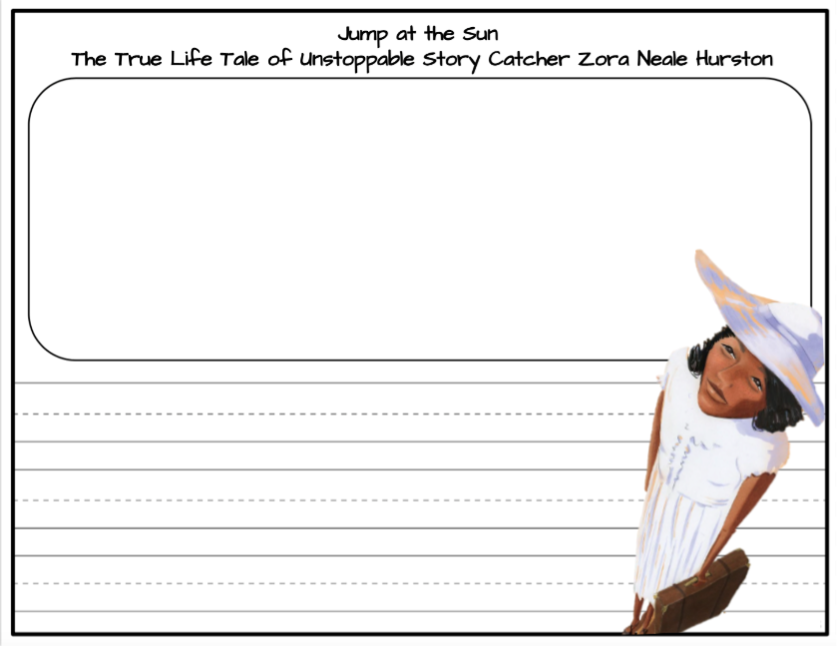
Jump at the Sun is a wonderful reminder to nurture imagination and choice. I hope this biography will inspire a greater love and appreciation for oral storytelling and the life of Zora Neale Hurston.

